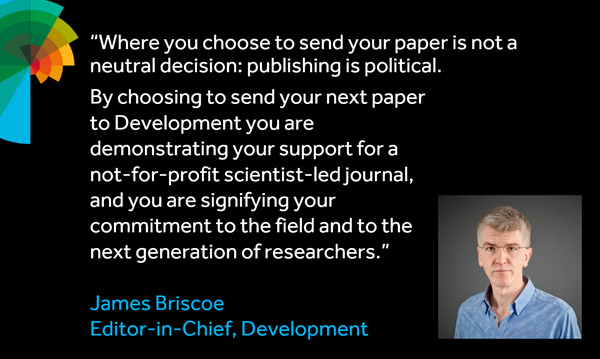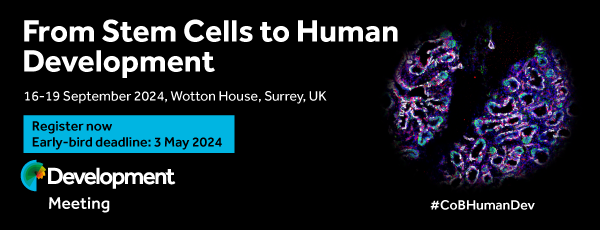
The transition between pluripotency and multi-lineage commitment during early embryogenesis must be closely regulated to ensure correct spatial and temporal patterning of the embryo. But what regulates this crucial transition? According to Kristen Kroll and co-workers, part of the answer to this question in Xenopus embryos lies with the nuclear protein Geminin (see p. 33). The researchers show that Geminin overexpression represses many genes associated with cell commitment but increases the expression of genes that promote pluripotent and immature neuroectodermal cell fates. Geminin, they report, represses Activin-, FGF- and BMP-mediated cell commitment. Consistent with this finding, Geminin knockdown enhances commitment responses to growth factor signalling and results in ectopic mesodermal, endodermal and epidermal fate commitment in the embryo. The researchers also report that repression of commitment by Geminin depends on Polycomb repressor function, and show that Geminin promotes Polycomb-mediated repressive histone modifications of mesodermal genes. The researchers propose, therefore, that cooperativity between Geminin and Polycomb plays an essential role in controlling spatial and temporal patterning in early embryos.








